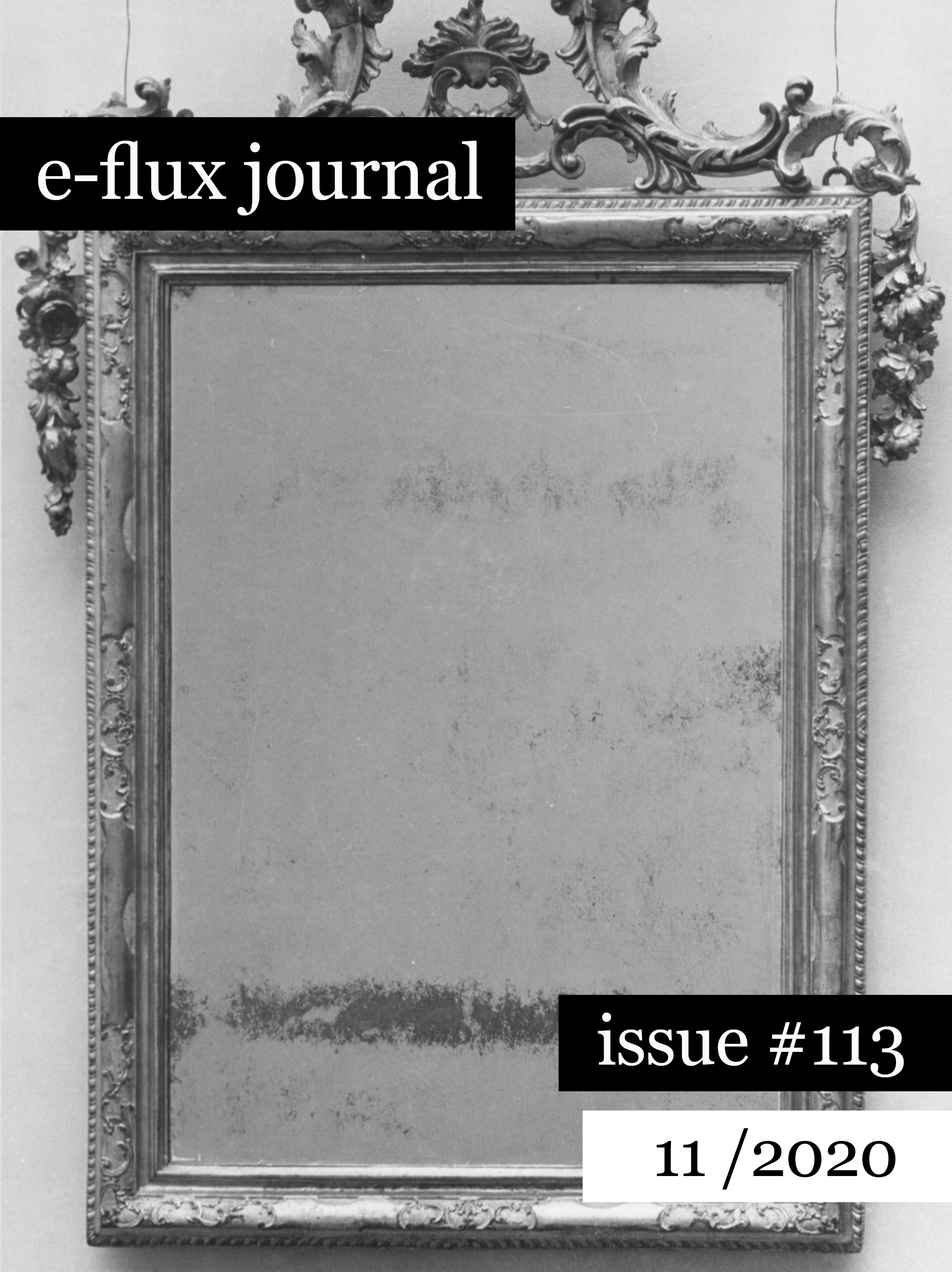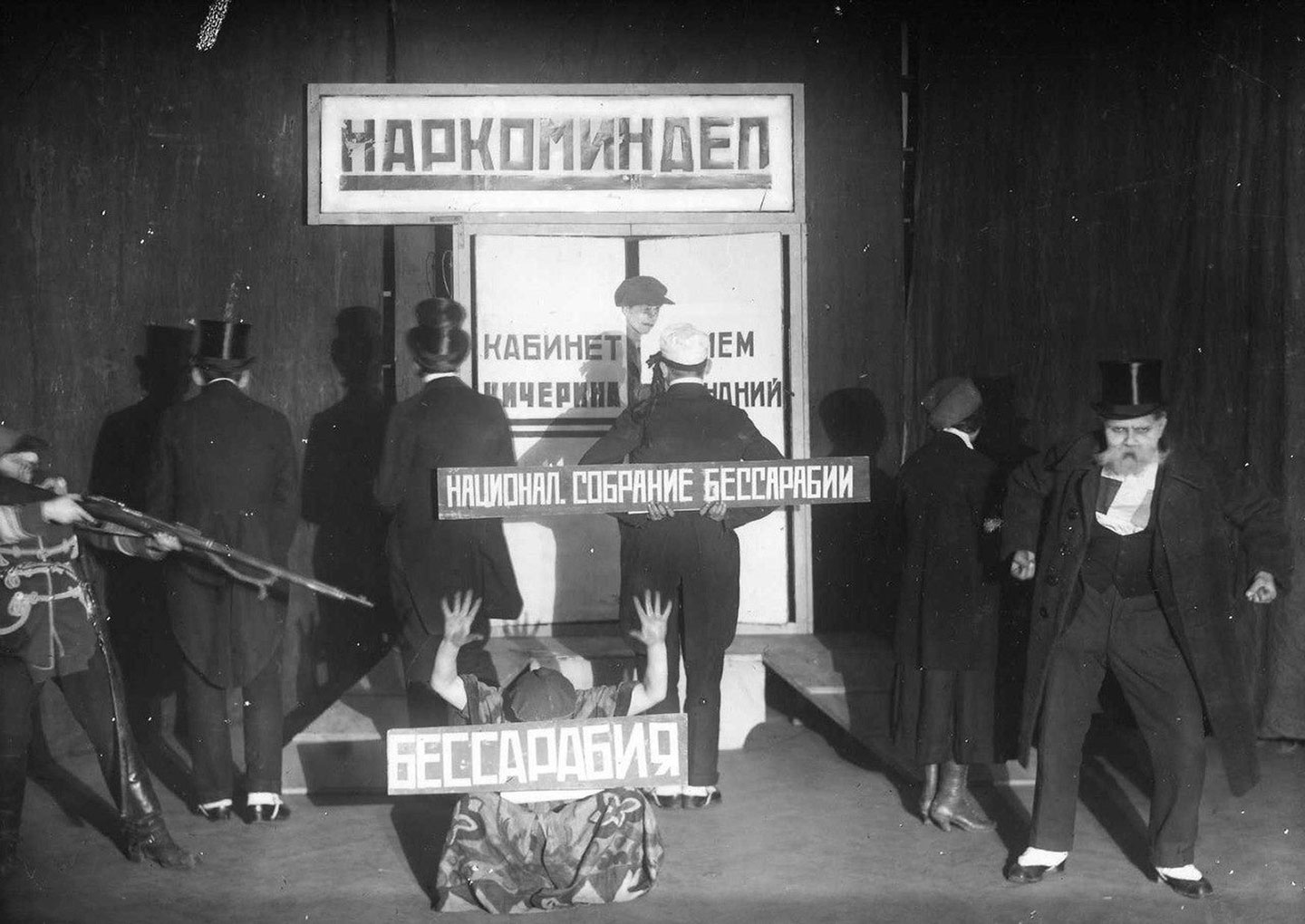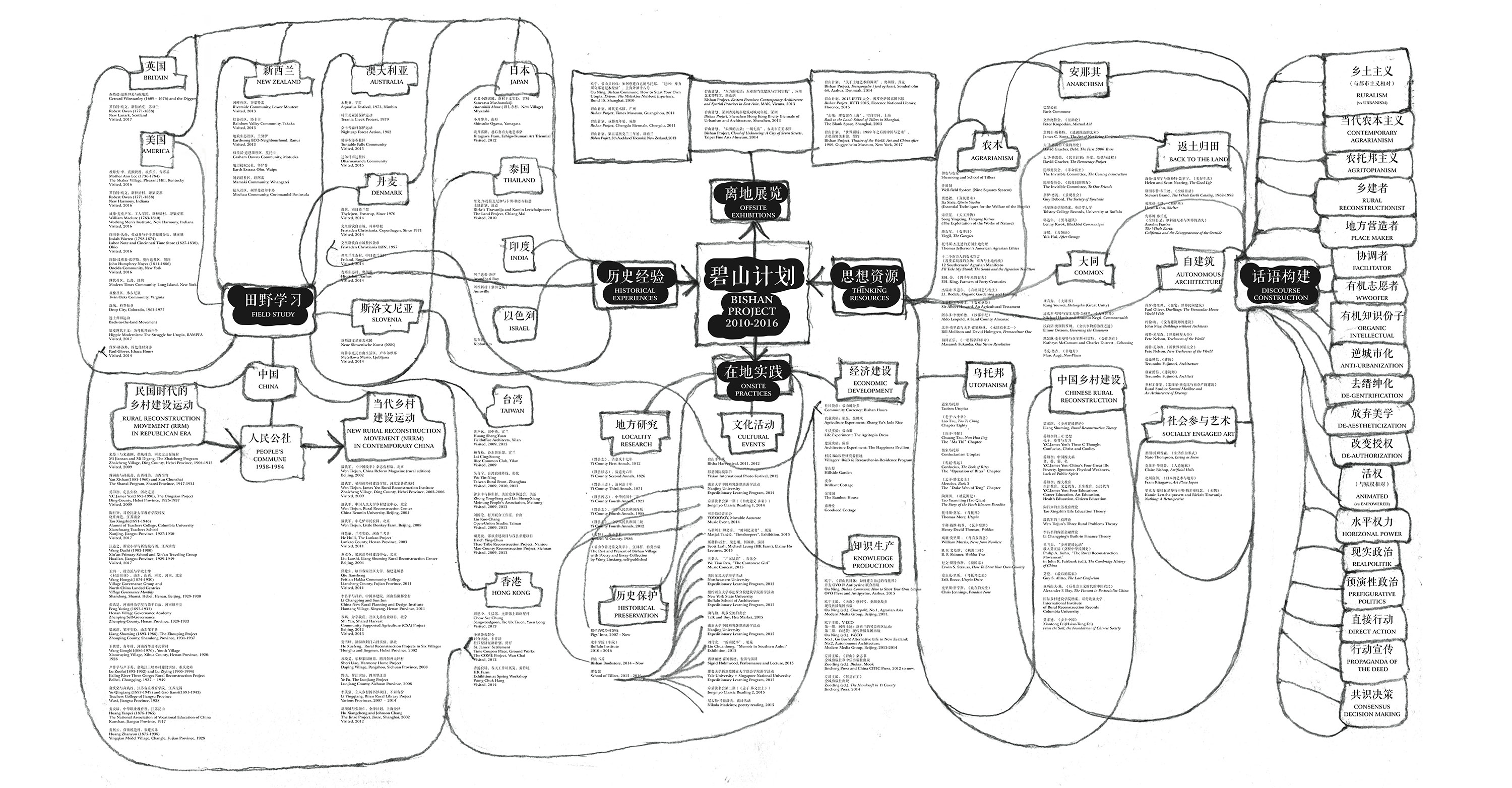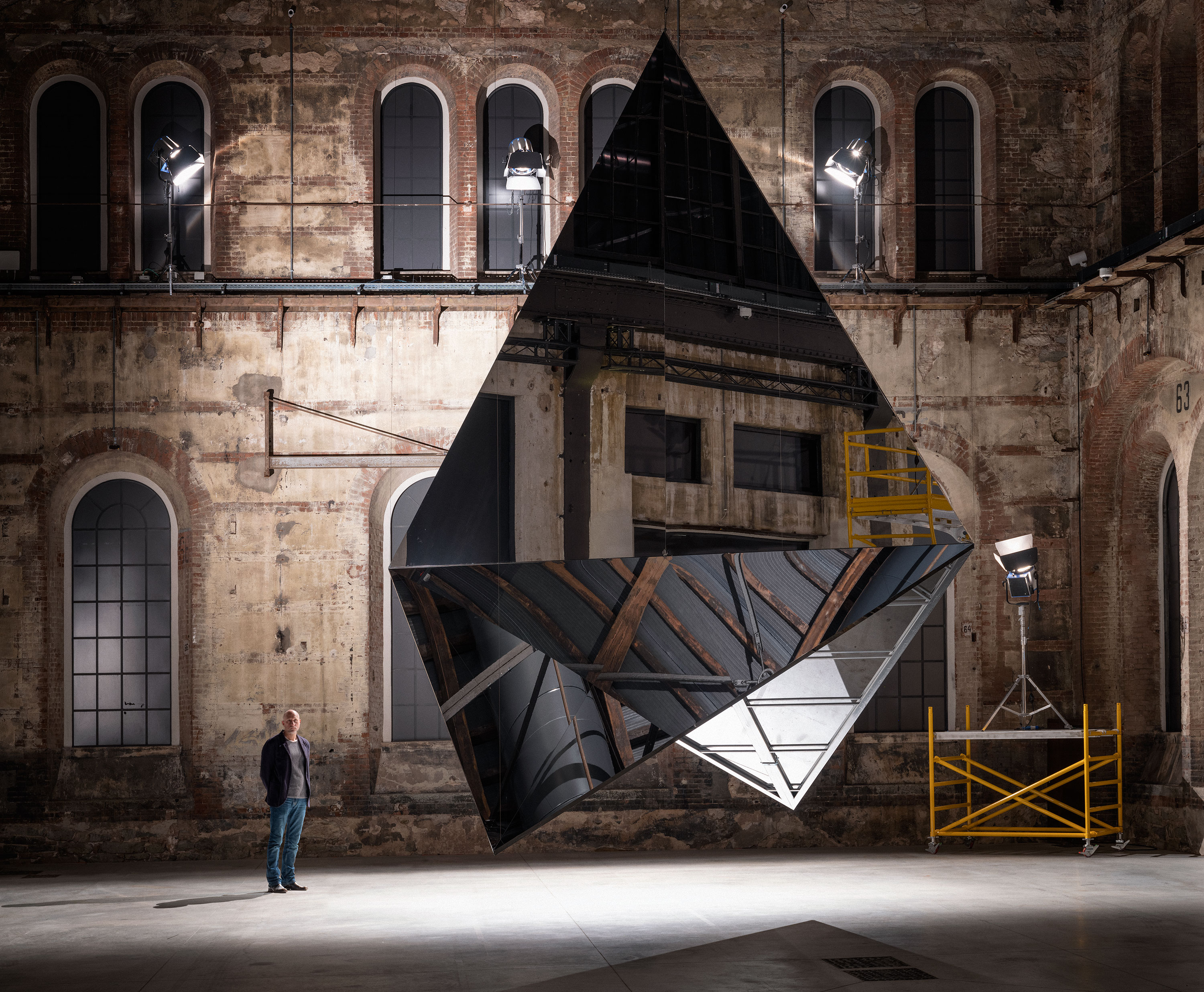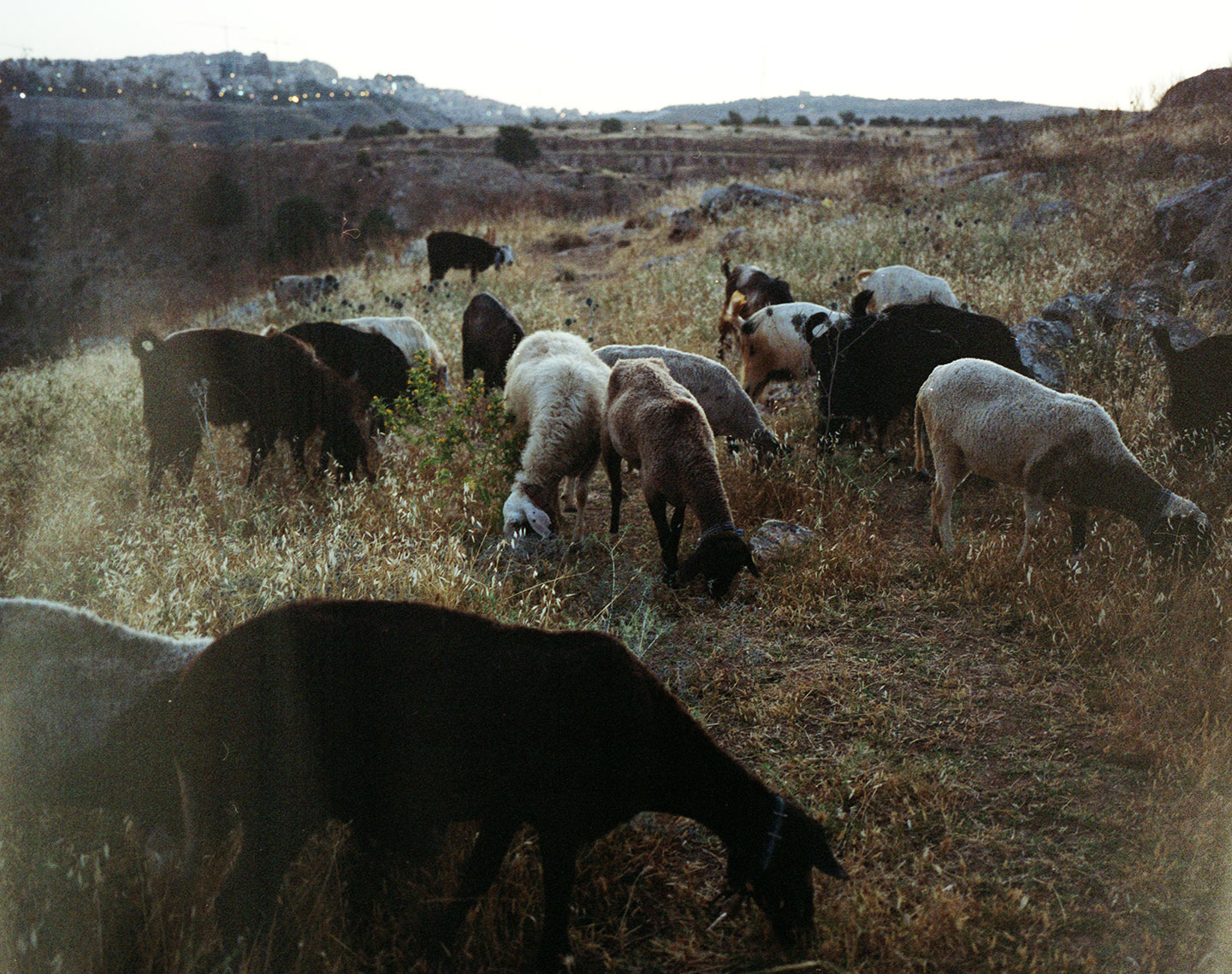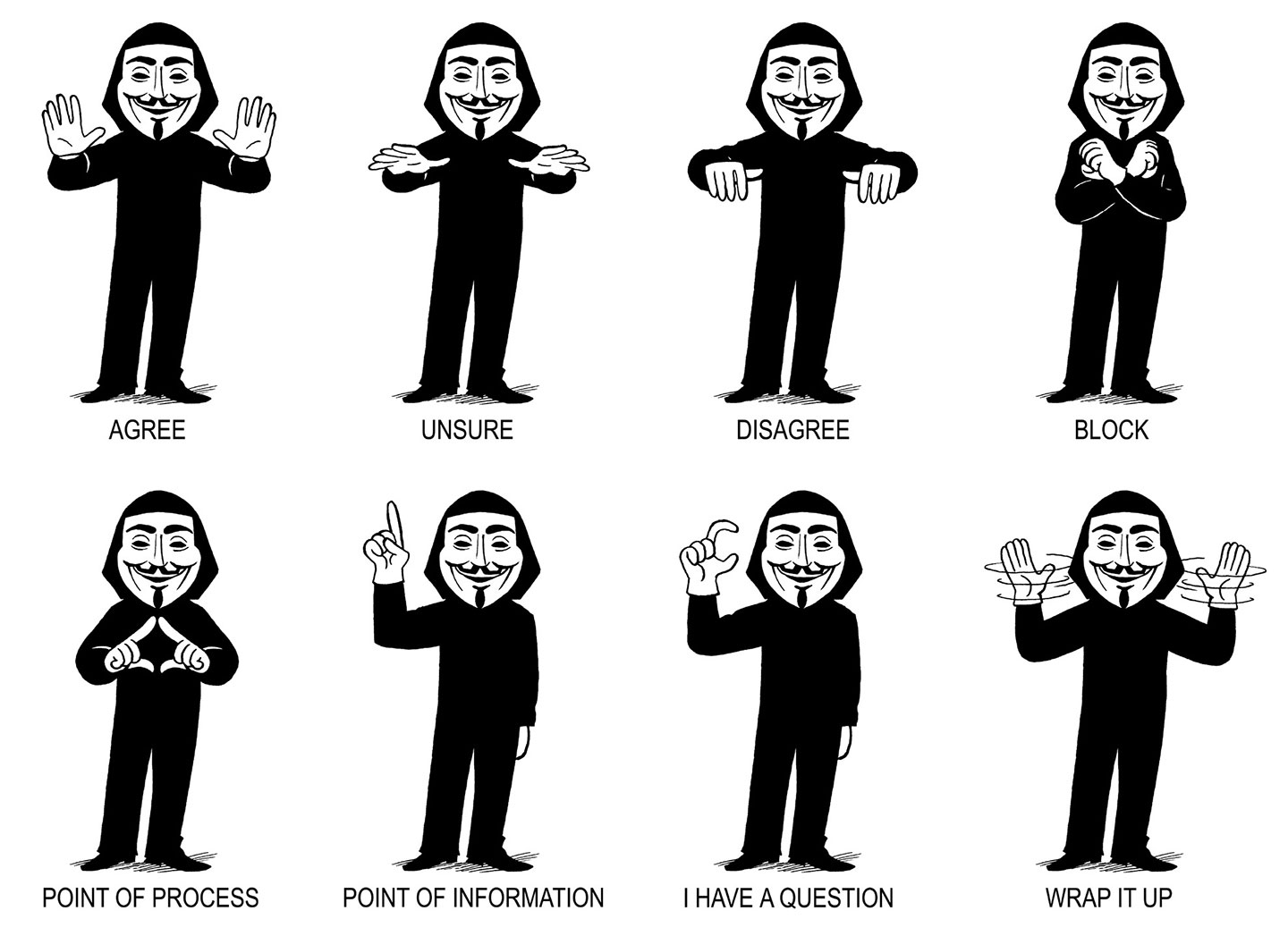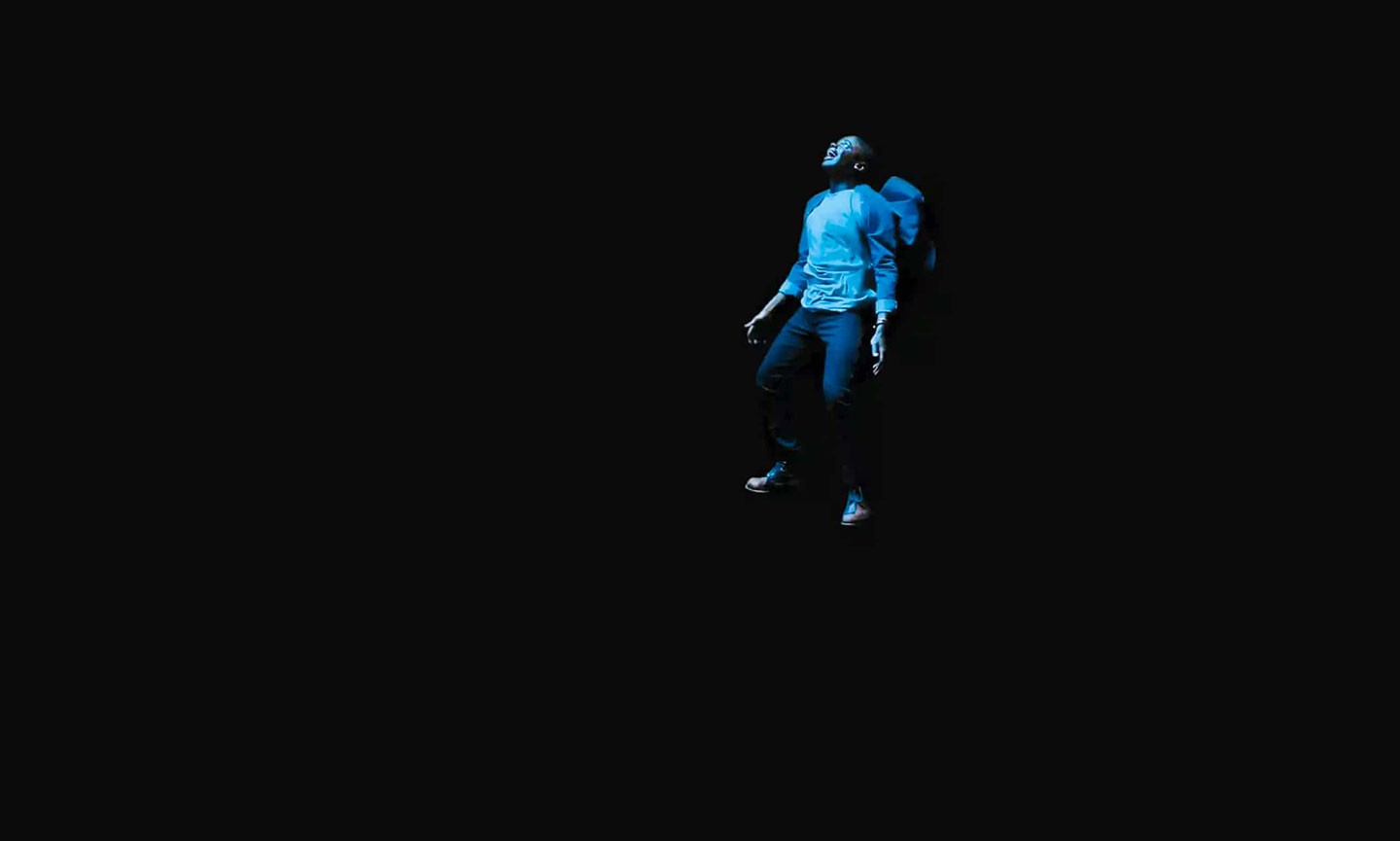Many argue that we should stop the movement of hundreds of thousands of art tourists around the globe, stop building pointless new offices, stop hosting so many exclusive presentations and dinners that serve no purpose other than self-celebration, and imagine how art could be one of many forms of care that contributes to the reproduction of human life (education, medicine, safety, different forms of knowledge, etc.). How else could it be possible for everyone to cultivate local artistic communities as ends in themselves? These are sensible proposals, but they lack the coherence and urgency of the demands being made to defund or abolish the police. What would any of this actually mean in practice? As a thought experiment, if we were to storm the Louvre or Hermitage again, what would we do with it? Anything? It’s also possible that palaces simply don’t lend themselves to democratic purposes.
In this issue, Alessandra Franetovich and Trevor Paglen discuss Orbital Reflector, Paglen’s reflective sculpture launched into low-earth orbit as a satellite. Housed in a small box-like structure, the lightweight reflective material of the sculpture was meant to deploy and self-inflate like a balloon and reflect sunlight towards earth, making it visible to our eyes as a nearby artificial star. Unfortunately, at the critical moment of the sculpture’s release in 2018, the US government was on shutdown, with all agencies held hostage in order to force Congress to fund Trump’s gigantic border wall between the US and Mexico. There was no way to release the mirror.
Farmers are not “human waste” eliminated by the modernization process, as many people think. Their “cunning” wisdom is often unexpected. Their “brain mine” (to use James Yen’s term) is rich, but ignored. The problem of contemporary Chinese farmers is that they live at the bottom of an “authority-driven” society where state power permeates in a totalizing way. These farmers can neither return to the “autonomy of the landed gentry” of the era of monarchy, in which “imperial power extended down only to the county level,” nor can they speak through the electoral system like American farmers. The space to realize their potential is very limited. As an outsider with neither power nor capital, all I can do in the countryside is use my own cultural resources to improve farmers and villagers’ visibility in society, broaden their contact with the outside world, and build platforms within my ability to let them give full play to their intelligence. Under limited, realistic conditions, so-called “empowerment” and “moralization” are all extravagant to me, and they are also part of an elite rhetoric that I oppose. I prefer the words “mutual aid,” “mutual learning,” and “communal life.”
Today, people tend to think about science as a way of looking at things, of experimenting with materials, for trying to understand outcomes or to develop ways of seeing that allow us to interpret the world in different ways. I see lots of similarities between that and art, and historically these things have at times been indistinguishable from one another. What troubles me about the reality of art and science in the (kind of) postwar era is that science has been intimately and inseparably connected to institutions of power, whether those are corporations, militaries, or industries of science. I see and am wary of what science gets out of the collaboration between art and science. I’m not so sure what art gets out of the deal.
Za’atar, the most widely used herb in any Palestinian (or Levantine) kitchen, was the first edible plant to be red-listed in Israeli law books. It was 1977 when Israel’s then minister of agriculture, Ariel Sharon, declared it a protected species, effectively placing a total ban on the tradition of collection, punishable by hefty fines and up to three years in prison. There were no official scientific studies published to legitimize the ban; rather, it was presented as a “gut” decision. Rumor has it that Sharon caught onto the symbolic value of za’atar after the 1976 siege of Tel al-Za’atar, Arabic for “thyme hill.” This Palestinian refugee camp, established north of Beirut in 1948, suffered one of the worst massacres of the Lebanese Civil War in a battle fought between the armed factions of the PLO and the Christian Lebanese Militia—the very same phalangist militia with whom Sharon would form an alliance in the 1982 massacre of Sabra and Shatila.
How can we avoid amplifying our failures at the expense of what we achieve? The question is not only tactical, but also interpretive. When we evaluate our collective actions for their concrete material effects—for the damage they do at the human scale—we are immediately confronted with our powerlessness in the face of our enemy. This enemy not only holds the monopoly on legitimate violence (and is not afraid to use it), but also knows how to weather the storm. Capitalists build pushback into their budgets. They take out insurance policies to cover broken windows, arson, and lost profits. In advance of scandal, they contract public relations firms to protect their brands. Faced with the cunning and brute power of the capitalist state, how are we to see our uprisings as anything but futile tantrums—proof of our incapacity to move from rebellion to revolutionary change? The answer is in recognizing the ways that our concrete actions in the material world contribute to the language in common, through which we build and express our difference.
Care and its politics have been a subject of concern to the art world, made all the more urgent by the global pandemic. But is it a real concern that can lead to changes in the way we operate in our institutions and working relationships, or is it merely surface level? How can care, if studied care-fully, provide solutions to the various problems that art institutions and art workers face? How is it that contemporary art institutions are keen—and comfortable—to talk about care when they have been so care-less?
Reading the story today, it’s hard not to think of those luxury “burrows” being built in decommissioned missile silos for the protection of the ultrarich, or other gated palaces in which elites plan to sequester themselves from coming calamities. More generally, what The Trial and The Castle are for bureaucracy and legal procedure, “The Burrow” is for security architecture and surveillance: it dramatizes the will-to-safety, and its obverse, the anxiety of precarity and risk, that so dominate modern life and politics. Kafka analyzes, with clinical precision, what might be called the neurosis of security (a Freudian will recognize here a model of obsessional neurosis), with its fear of the enemy, its insatiable need for defenses and its imperative of constant vigilance—as well as its agonizing uncertainty, its postponed grand plans, and its vacillation.
let us investigate the notion of art after the end of the world, and the two figures this proposition conjures up: the figure of the post-, something after the event; and the figure of the main event itself, the end of the world, or if you will, the apocalypse. If there is to be something like art after the apocalypse, this would mean that something is still present, in whatever form, or that something is still being presented and produced, and possibly made public, whether as a form of signification or de-signification. That something (i.e., art) has a meaning or being after the end of the world, whether symbolically or in actuality. Let us first investigate the latter: that the world has in fact ended, but there is still art, still cultural production. By whom is it produced if the world has ended? What could it possibly mean, moreover, to produce art and culture after the end of the world, and thus, presumably, after the end of both the natural and the cultural world, of both bios and zoë, as it were? Would there still be life, or even afterlife, at all? What would it mean to be alive after the end, either as survival or beyond death? Would such a subject still be human, or perhaps rather inhuman or even post-human? In any case, the suggestion of an art after the end of the world implies that there is someone around after the end, whether as producer or receiver: that there is transmission of some sort or another, intentional or unintentional.
